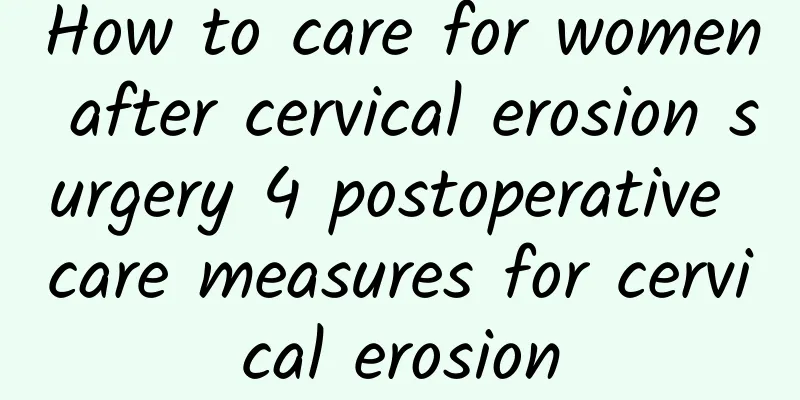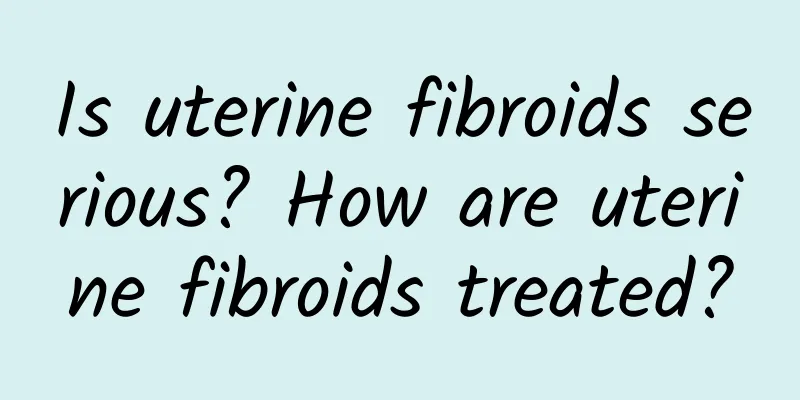What are the adverse reactions of medical abortion?

|
Medical abortion, also known as drug abortion, has been widely used in clinical practice in recent years. It refers to the use of injections or medication to achieve artificial abortion in the early stages of pregnancy without surgery. It should be noted that improper application methods may result in incomplete abortion. Therefore, it is very important for women who are preparing for medical abortion to understand its adverse reactions in advance. Its main adverse reactions include: 1. Vaginal bleeding After medical abortion, it takes about 2 weeks for the decidua in the uterus to be slowly discharged and vaginal bleeding to stop. Generally, the amount of vaginal bleeding does not exceed the amount of menstruation; women with incomplete abortion often experience irregular lower abdominal pain and persistent vaginal bleeding. If a woman has vaginal bleeding for too long or too much after abortion, she should go to the hospital for examination and treatment in time. 2. Gastrointestinal reactions It is a common adverse reaction after using mifepristone. Patients may experience nausea, vomiting, abdominal pain, diarrhea, and some patients may have fever. If the patient's symptoms are mild, no special treatment is generally required; patients with severe symptoms should actively contact a doctor and take appropriate treatment methods. 3. Vagus nerve excitement After medical abortion, some patients may experience symptoms of vagus nerve excitement, mainly manifested as irritability, pale complexion, profuse sweating, chest tightness, palpitations, bradycardia, etc. 4. Allergic reaction It is relatively rare. Some women may develop a mild rash scattered on the limbs and trunk. Occasionally, anaphylactic shock with a drop in blood pressure as the main manifestation may occur. 5. Fatigue Some patients may also experience symptoms such as fatigue, which is caused by the anti-glucocorticoid effect of mifepristone. |
<<: Diet therapy for patients with uterine fibroids
>>: Dietary therapy for auxiliary treatment of cervical erosion
Recommend
Experts explain the common causes of vulvar leukoplakia
Vulvar leukoplakia is a gynecological disease tha...
Is pelvic peritonitis serious in women?
Is it serious for women to suffer from pelvic per...
A brief analysis of the etiology of cervical precancerous lesions
The treatment of cervical precancerous lesions is...
Experts explain the common causes of ovarian cysts
Ovarian cysts are a gynecological disease that ca...
How should patients with endometriosis eat?
There are many factors that lead to endometriosis...
The types of cervical erosion can be divided like this
Cervical erosion has become a common disease, but...
How to take good care of endometrial tuberculosis and pelvic inflammatory disease
How should we care for endometrial tuberculosis i...
If I find uterine fibroids while preparing for pregnancy, do I need surgery?
If you are not considering pregnancy and having a...
Does scanty menstruation mean menopause?
Having less menstrual flow doesn’t necessarily me...
The benefits of having sex more often with adenomyosis
Adenomyosis is also known as adenomyosis. Women w...
What are the best dishes for patients with uterine fibroids? What foods should patients with uterine fibroids not eat?
What are the best dishes for patients with uterin...
Is cervical precancerous lesions easy to treat? How to treat
Is cervical precancerous lesions easy to treat? H...
Feet are the second heart. 10 tips for daily walking
Although road running is very popular recently, b...
Can B-ultrasound detect threatened abortion?
Nowadays, women are under great pressure from bot...
Introduction to the specific causes of vaginitis
Clinically, there are many causes of vaginitis. I...









